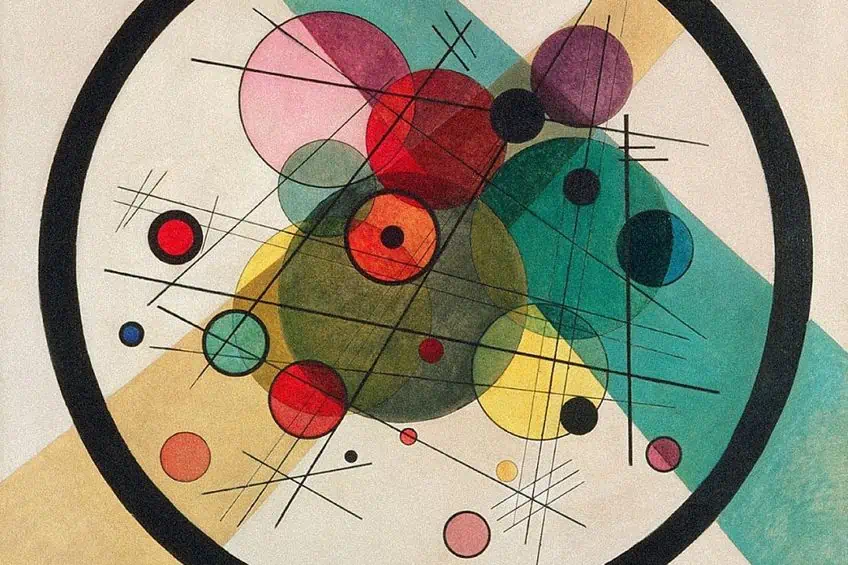Modernism vs. Postmodernism – An In-Depth Comparison
In the realm of artistic and intellectual movements, the difference between Postmodernism and Modernism stands as a captivating and enduring debate that has shaped the cultural landscape of the 20th and 21st centuries. While both Modernism and Postmodernism have left an important imprint on literature, art, architecture, and philosophy, they represent distinct epochs with contrasting ideologies and aesthetics. Join us on this journey as we dissect the defining characteristics and philosophical underpinnings of Modernism and Postmodernism, shedding light on the captivating dichotomy that continues to shape our world today.
Introduction to Modernism and Postmodernism
Modernism and Postmodernism: two terms that encapsulate the intellectual and cultural currents that have swirled through the 20th and 21st centuries. At first glance, these labels might appear to denote mere chronological markers, but in reality, they signify profound shifts in artistic expression, philosophical inquiry, and societal perspectives. In this exploration of Modernism and Postmodernism, we will delve into the intricate tapestry of ideas, movements, and artistic endeavors that define these epochs.
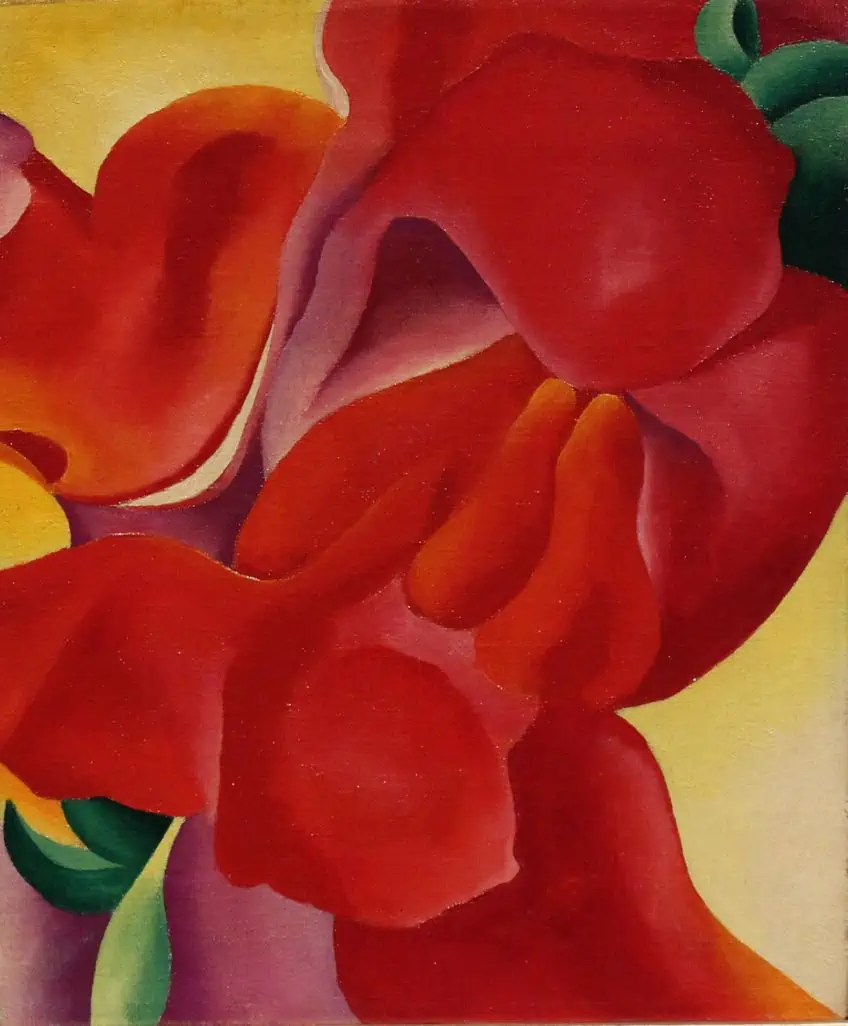
The Difference Between Postmodernism and Modernism
To truly appreciate the impact of Modernism and Postmodernism, we must first understand the key differences that set them apart. At its core, Modernism emerged as a response to the radical transformations of the late 19th and early 20th centuries, driven by technological advancements, urbanization, and the tumultuous aftermath of World War I. It championed notions of progress, reason, and a break from tradition, seeking to encapsulate the spirit of a rapidly changing world. Conversely, Postmodernism, which gained prominence in the latter half of the 20th century, ushered in an era of skepticism toward grand narratives, an embrace of ambiguity, and a reevaluation of the very concepts of truth and reality.
Understanding the fundamental distinctions between these two movements is crucial to unraveling the intricate web of ideas that they represent.
Historical Context: Modernism vs. Postmodernism
To grasp the essence of Modernism and Postmodernism, we must place them firmly within their historical contexts. Modernism emerged as a response to the seismic shifts of the late 19th century, characterized by the Industrial Revolution, the advent of mass media, and the disorienting aftermath of World War I. Artists, writers, and thinkers grappled with the tension between tradition and innovation, seeking new modes of expression to encapsulate the complexities of a rapidly modernizing world.

Meanwhile, Postmodernism took root in the latter half of the 20th century, flourishing in an era marked by global political upheavals, the rise of consumer culture, and a burgeoning digital age. As we delve deeper into the worldviews of Modernism and Postmodernism, we must keep this historical backdrop in mind, for it provides the canvas upon which their intellectual landscapes were painted.
Key Characteristics of Modernism
As we embark on our exploration of Modernism, it is imperative to dissect the key characteristics that distinguish it as a defining cultural movement of the 20th century. Modernism was a radical departure from the artistic, intellectual, and social norms of its time, reflecting the profound changes occurring in society.
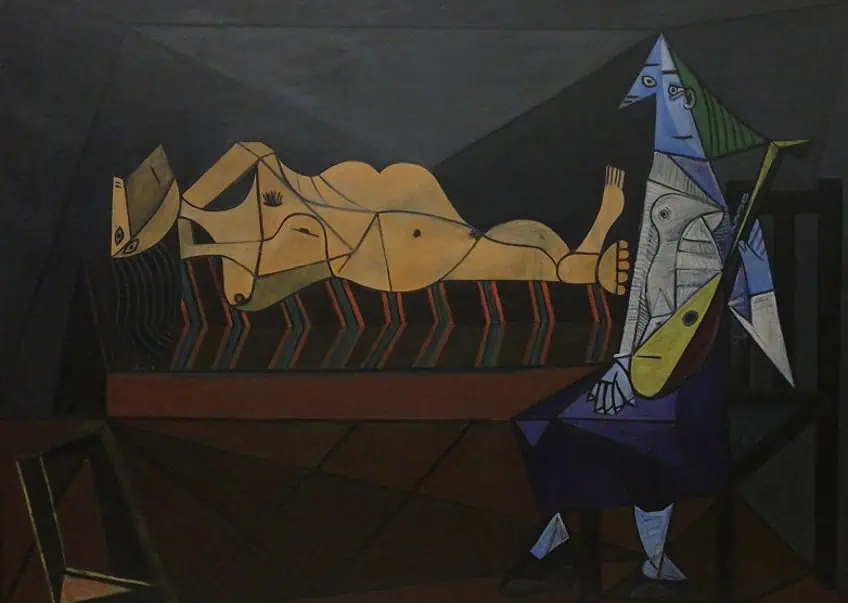
Emphasis on Universality and Progress
One of the paramount characteristics of Modernism was its unswerving belief in the concept of universality and progress. Modernist artists, writers, and thinkers sought to create works that transcended cultural boundaries and captured the essence of the human experience. This emphasis on universality was underpinned by an unshakeable faith in human progress and the idea that through reason, science, and technology, society could evolve toward a brighter future.
This optimistic outlook permeated the arts, literature, and architecture of the era, driving creators to push boundaries and challenge conventional wisdom.
Rejection of Traditional Norms
Modernism was, in many ways, a rebellion against the established traditions and norms of the past. It rejected the conventional artistic and literary forms that had dominated previous centuries, opting instead for innovative and avant-garde approaches. In literature, this meant the abandonment of strict narrative structures, while in art, it led to a departure from realistic depictions in favor of abstract and surreal forms. This rejection of tradition was not only an artistic choice but also a reflection of the broader societal upheavals that were reshaping the world.
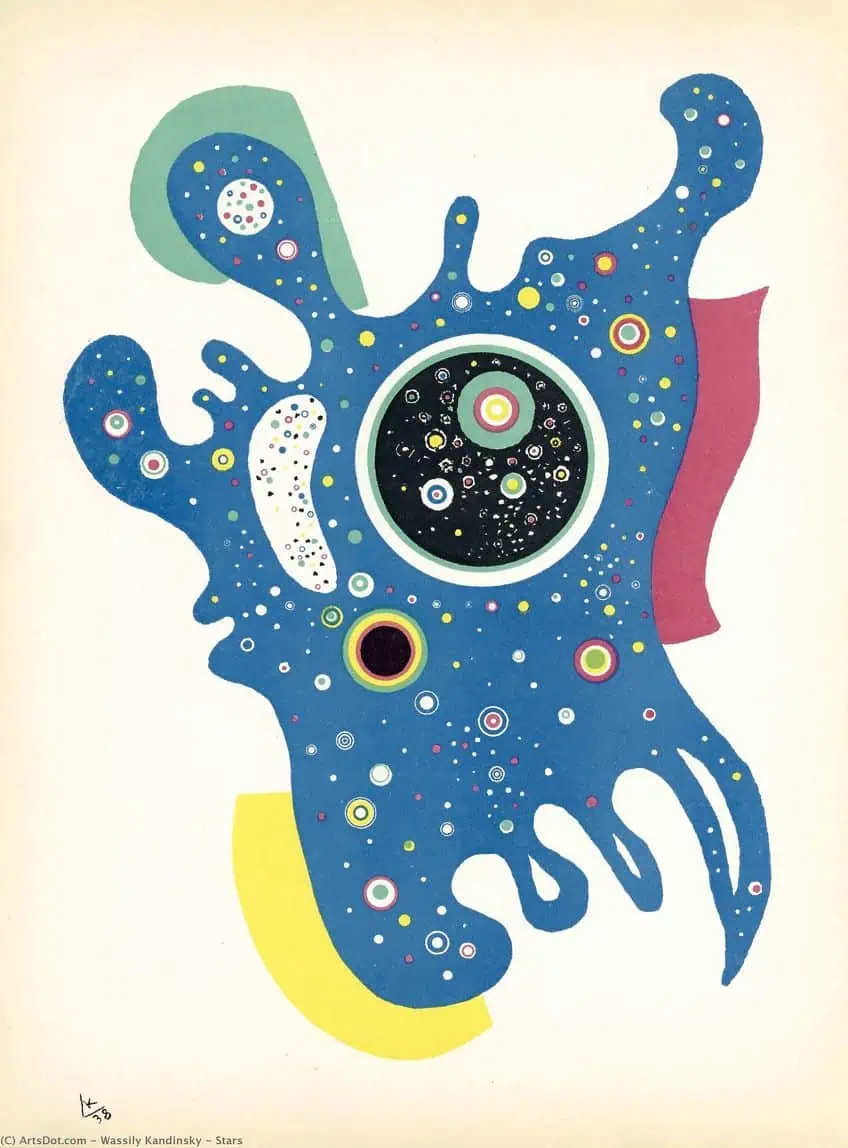
Exploration of Inner Psychology
Another hallmark of Modernism was its deep exploration of the human psyche. Modernist writers and artists delved into the inner workings of the human mind, seeking to depict the complexities of human consciousness. This introspective approach gave rise to groundbreaking works that delved into the depths of human emotion, often portraying the alienation and fragmentation experienced in the modern world.
Figures like James Joyce and Virginia Woolf are renowned for their pioneering efforts in this domain, crafting narratives that delved into the inner thoughts and experiences of their characters.
Influence of Industrialization and Technology
The advent of industrialization and technology played a pivotal role in shaping the aesthetics and themes of Modernism. The urban landscape, with its towering skyscrapers and bustling factories, served as a wellspring of inspiration for many artists and architects. Modernist works often celebrated the machine age, with an emphasis on geometric shapes, streamlined designs, and an embrace of new materials like steel and glass. This fascination with the industrial world reflected both the awe and anxiety that accompanied the rapid technological advancements of the era.
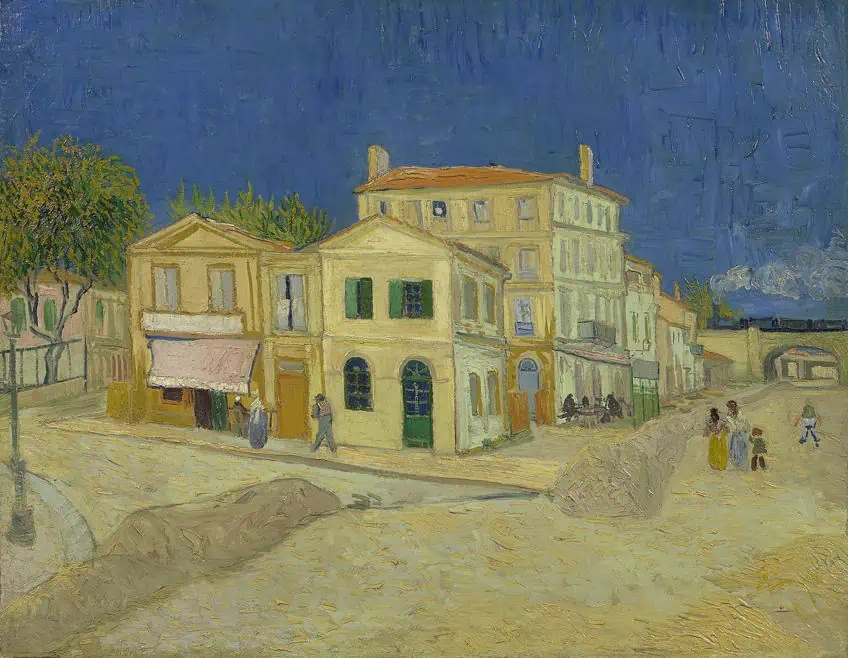
Key Characteristics of Postmodernism
As we transition from the exploration of Modernism to the examination of Postmodernism, it becomes evident that Postmodernism represents a significant departure from the ideals and aesthetics of its predecessor. Postmodernism, which emerged in the latter half of the 20th century, was marked by a distinct set of characteristics that challenged the very foundations of Modernist thought.

Rejection of Grand Narratives
Perhaps the most defining feature of Postmodernism was its wholesale rejection of grand narratives or metanarratives. Postmodern thinkers and artists were deeply skeptical of the notion that there could be overarching, all-encompassing theories or systems that explained the entirety of human experience. Instead, they embraced the idea that reality is fragmented and diverse, leading to a rejection of totalizing ideologies and an emphasis on the multiplicity of perspectives.
This skepticism extended to politics, history, and culture, where Postmodernists questioned the legitimacy of dominant narratives and sought to amplify marginalized voices.
Playful and Fragmented Approach
In stark contrast to the ordered and rational approach of Modernism, Postmodernism adopted a playful and fragmented aesthetic. Artists and writers embraced chaos and disorder, incorporating elements of randomness and chance into their works. The narrative structure became more fluid and non-linear, reflecting the often unpredictable nature of contemporary life. This approach gave rise to experimental literature, abstract art, and avant-garde film that challenged traditional notions of coherence and continuity.
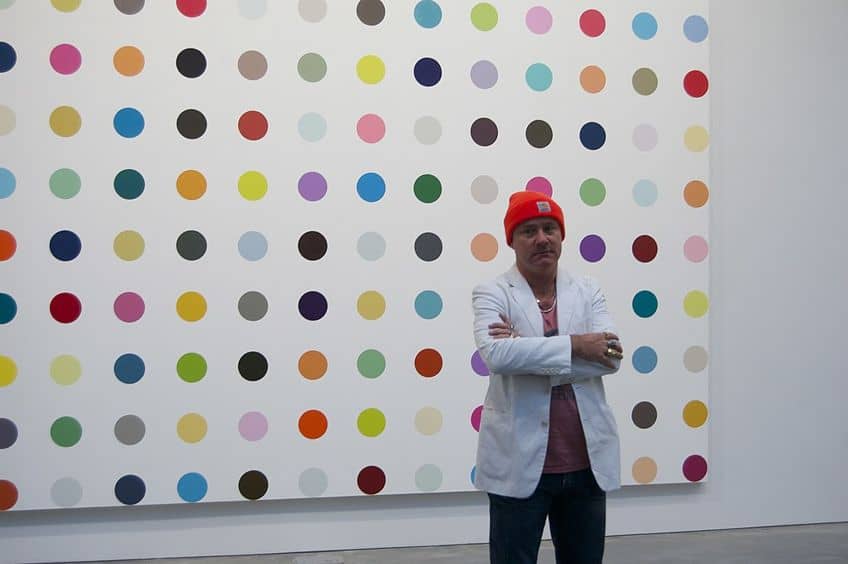
Intertextuality and Pastiche
Postmodernism thrived on intertextuality, blurring the lines between originality and imitation. Postmodern works often referenced and borrowed from other texts, artworks, and cultural artifacts, creating a rich tapestry of references and allusions. Pastiche, the art of imitation, was celebrated, leading to the creation of works that paid homage to various styles and periods while simultaneously subverting and deconstructing them.
This interplay of references and pastiche contributed to a sense of irony and self-awareness in Postmodern art and literature.
Embrace of Consumer Culture
In a world increasingly dominated by consumer culture, Postmodernism did not shy away from engaging with the commercial and mass-produced aspects of society. Artists incorporated elements of consumer culture into their work, blurring the lines between high and low art. Advertising, pop culture icons, and consumer products became subjects of exploration and critique, reflecting the pervasive influence of consumerism in everyday life. Postmodernists questioned the authenticity of art in a commodified world and challenged the boundaries between art and commerce.

Art and Literature: Modernism vs. Postmodernism
The realms of art and literature have long been the battlegrounds for the dynamic interplay of ideas and ideologies, and no period exemplifies this more profoundly than the clash between Modernism and Postmodernism. These two movements have left an indelible mark on the creative landscape, reshaping the very foundations of artistic expression and storytelling.
As we delve into the distinctions between Modernism and Postmodernism in the realms of art and literature, we witness the evolution of artistic thought and the profound impact of societal shifts on the creative process.
Modernism: Art and Literature As Avant-Garde Manifestos
Modernist art and literature burst onto the scene in the late 19th and early 20th centuries, championing a vision of innovation and progress. In the visual arts, painters like Pablo Picasso (1881-1973) and Wassily Kandinsky (1866-1944) shattered traditional notions of representation, embracing abstract forms and cubist perspectives. In literature, figures like James Joyce (1882-1941) and Virginia Woolf (1882-1941) redefined the novel, experimenting with narrative structure and delving deep into the complexities of human consciousness.
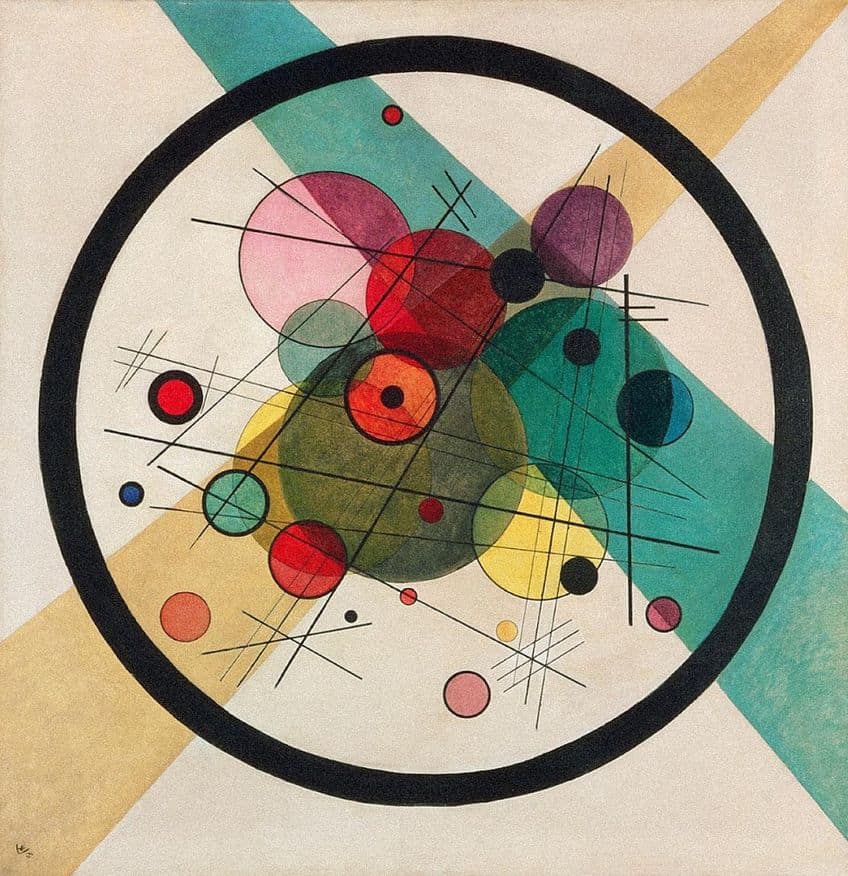
Modernist artists and writers sought to encapsulate the zeitgeist of a rapidly changing world, emphasizing universality and a break from traditional norms. Art became a conduit for exploring the inner psyche, mirroring the anxieties and alienation of the modern age. The influence of industrialization and technology seeped into every brushstroke and literary page, with a celebration of the machine age’s aesthetics and the use of new materials.
Postmodernism: Deconstructing, Referencing, and Reimagining
Postmodernism, in contrast, emerged as a reaction to the ideals and aspirations of Modernism. Art and literature took on a playful and fragmented character, challenging the very notion of a singular truth or grand narrative. In literature, authors like Italo Calvino (1923-1985) and Salman Rushdie (1947-Present) embraced nonlinear narratives and intertextuality, weaving intricate webs of references and allusions. Visual artists such as Andy Warhol (1928-1987) and Cindy Sherman (1954-Present) embraced consumer culture, incorporating elements of advertising and pop culture into their work. The rejection of grand narratives was a central tenet of Postmodernism, leading to an exploration of diverse perspectives and an amplification of marginalized voices.
Postmodern art and literature thrived on ambiguity, irony, and a self-awareness that questioned the authenticity of both art and reality in a commodified world.
Architecture: Modernism vs. Postmodernism
In the world of architecture, the clash between Modernism and Postmodernism serves as a compelling narrative of innovation, ideology, and the changing face of our built environment. These two distinct architectural movements have not only reshaped skylines but have also left a lasting imprint on the way we perceive and interact with urban spaces. As we explore the key differences between Modernism and Postmodernism in architecture, we uncover a tale of evolving aesthetics, functionality, and cultural values.

Modernism: The Pursuit of Form Follows Function
Modernist architecture, which gained prominence in the early to mid-20th century, was characterized by a commitment to the principle of “form follows function.” Architects like Le Corbusier (1887-1965) and Ludwig Mies van der Rohe (1886-1969) championed clean lines, minimalism, and the rejection of unnecessary ornamentation.
Buildings were designed to serve a specific purpose efficiently, often featuring open floor plans, large windows, and an integration with nature.
The influence of industrialization and technological advances was palpable in Modernist architecture, with the use of materials like steel, concrete, and glass. The aesthetics of Modernism celebrated the machine age, with sleek, geometric designs that emphasized rationality and a break from historical styles. The result was a utopian vision of the future, where architecture played a central role in shaping a new and harmonious society.
Postmodernism: Context, Diversity, and Playfulness
Postmodern architecture emerged as a reaction to the perceived limitations of Modernism. It became prominent in the latter half of the 20th century and introduced a radical departure from the stark minimalism of its predecessor. Instead of adhering to the strict tenets of “form follows function,” Postmodern architects embraced diversity and context.

Postmodern buildings often featured playful and eclectic designs that drew inspiration from historical styles, cultural references, and even kitsch elements. Architects like Robert Venturi (1925-2018) and Michael Graves (1934-2015) celebrated ornamentation, color, and asymmetry, challenging the notion that architecture should be austere and functional. The rejection of grand narratives in Postmodernism extended to architecture, leading to an emphasis on individuality and the importance of regional and cultural context. Furthermore, Postmodern architecture embraced an intertextual approach, incorporating elements of irony and self-reference. Buildings would often reference and reinterpret historical architectural elements in a pastiche manner, creating a dialogue between the past and present.
In the intricate tapestry of human thought, culture, and creativity, the difference between Postmodernism and Modernism stands as a testament to the ever-evolving nature of human expression. Modernism’s pursuit of universal truths and progress, juxtaposed with Postmodernism’s rejection of grand narratives and embrace of multiplicity, has shaped the 20th and 21st centuries in profound ways. As we reflect on this clash of ideologies, it becomes evident that both movements have left an indelible mark on the arts, literature, architecture, and beyond, serving as a poignant reminder of the enduring power of ideas to shape the world we inhabit. The dialogue between Modernism and Postmodernism continues to resonate, reminding us that the quest for meaning, identity, and innovation remains a perpetual journey in the ever-evolving landscape of human creativity.
Frequently Asked Questions
What Are the Key Characteristics of Modernism?
In summary, the key characteristics of Modernism encompassed an unwavering belief in universality and progress, a rejection of traditional norms, a deep exploration of inner psychology, and a profound influence from industrialization and technology. These facets not only defined the artistic and intellectual landscape of the time, but also set the stage for the subsequent emergence of Postmodernism as a reaction to the ideals and aspirations of Modernism.
What Are the Key Characteristics of Postmodernism?
Postmodernism’s key characteristics encompassed a rejection of grand narratives, a playful and fragmented approach to art and literature, a penchant for intertextuality and pastiche, and an embrace of consumer culture as both subject matter and critique. These features not only set Postmodernism apart from Modernism but also reflected the shifting cultural, social, and intellectual landscape of the late 20th century.
What Is the Difference Between Postmodernism and Modernism in Art and Literature?
The difference between Modernism and Postmodernism in art and literature is a reflection of the broader shifts in thought and culture that have shaped the 20th and 21st centuries. While Modernism sought to capture the spirit of progress and universality, Postmodernism reveled in the multiplicity of perspectives and the rejection of overarching narratives. These movements represent not only distinct epochs but also an ongoing dialogue between tradition and innovation, coherence and fragmentation, and authenticity and simulation. The legacy of Modernism and Postmodernism continues to influence the creative endeavors of today, reminding us of the enduring power of art and literature to both reflect and shape the world around us.
What Is the Difference Between Postmodernism and Modernism in Architecture?
The difference between Modernism and Postmodernism in architecture represents a dynamic dialogue between tradition and innovation, function and aesthetics, and rationality and diversity. While Modernism sought to streamline and simplify architectural forms in pursuit of a utopian vision, Postmodernism reveled in the complexities and contradictions of the human experience. The legacy of these movements can be seen in our cities today, where both Modernist and Postmodernist structures coexist, reflecting the ever-evolving nature of architectural thought and its profound impact on our urban landscapes.
Nicolene Burger, a South African multimedia artist and creative consultant, specializes in oil painting and performance art. She earned her BA in Visual Arts from Stellenbosch University in 2017. Nicolene’s artistic journey includes exhibitions in South Korea, participation in the 2019 ICA Live Art Workshop, and solo exhibitions. She is currently pursuing a practice-based master’s degree in theater and performance. Nicolene focuses on fostering sustainable creative practices and offers coaching sessions for fellow artists, emphasizing the profound communicative power of art for healing and connection. Nicolene writes blog posts on art history for artfilemagazine with a focus on famous artists and contemporary art.
Learn more about Nicolene Burger and about us.
Cite this Article
Nicolene, Burger, “Modernism vs. Postmodernism – An In-Depth Comparison.” artfilemagazine – Your Online Art Source. September 19, 2023. URL: https://artfilemagazine.com/modernism-vs-postmodernism/
Burger, N. (2023, 19 September). Modernism vs. Postmodernism – An In-Depth Comparison. artfilemagazine – Your Online Art Source. https://artfilemagazine.com/modernism-vs-postmodernism/
Burger, Nicolene. “Modernism vs. Postmodernism – An In-Depth Comparison.” artfilemagazine – Your Online Art Source, September 19, 2023. https://artfilemagazine.com/modernism-vs-postmodernism/.


